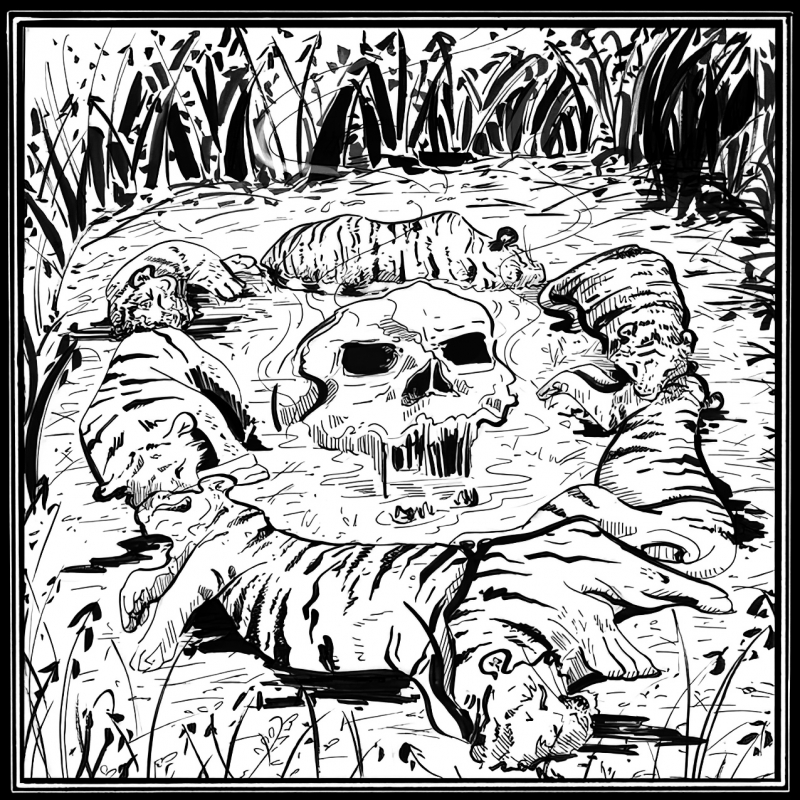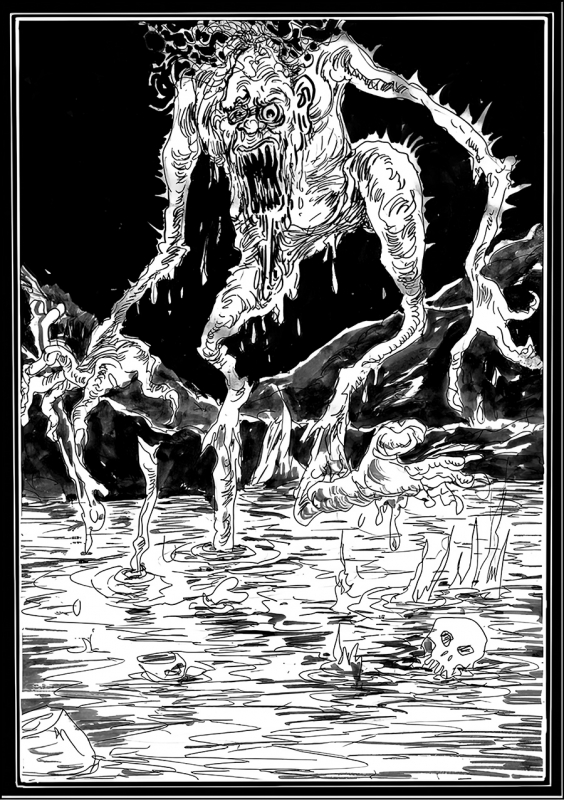Эльфы уже идут по твоему следу, Странник. Умеешь ли ты бегать быстрее летящих стрел?
Bestiary.us
энциклопедия вымышленных существБыстрый переход
- Мифы Ктулху «Мифами Ктулху» обычно называют мифологию, созданную Говардом Филлипсом Лавкрафтом, а также произведения других авторов по мотивам его работ, выдержанные в его особом стиле.
- Средневековые бестиарии Бестиарии практически составляли особый жанр в средневековой литературе, совмещавший в себе черты естественнонаучного сочинения, теологического трактата и художественных произведений, и рассказывающий нам о представлениях средневековой Европы о животных и чудовищных племенах.
- Бестиарий Сапковского Бестиарий книг Анджея Сапковского о ведьмаке, волшебные существа и расы мира Геральта.



